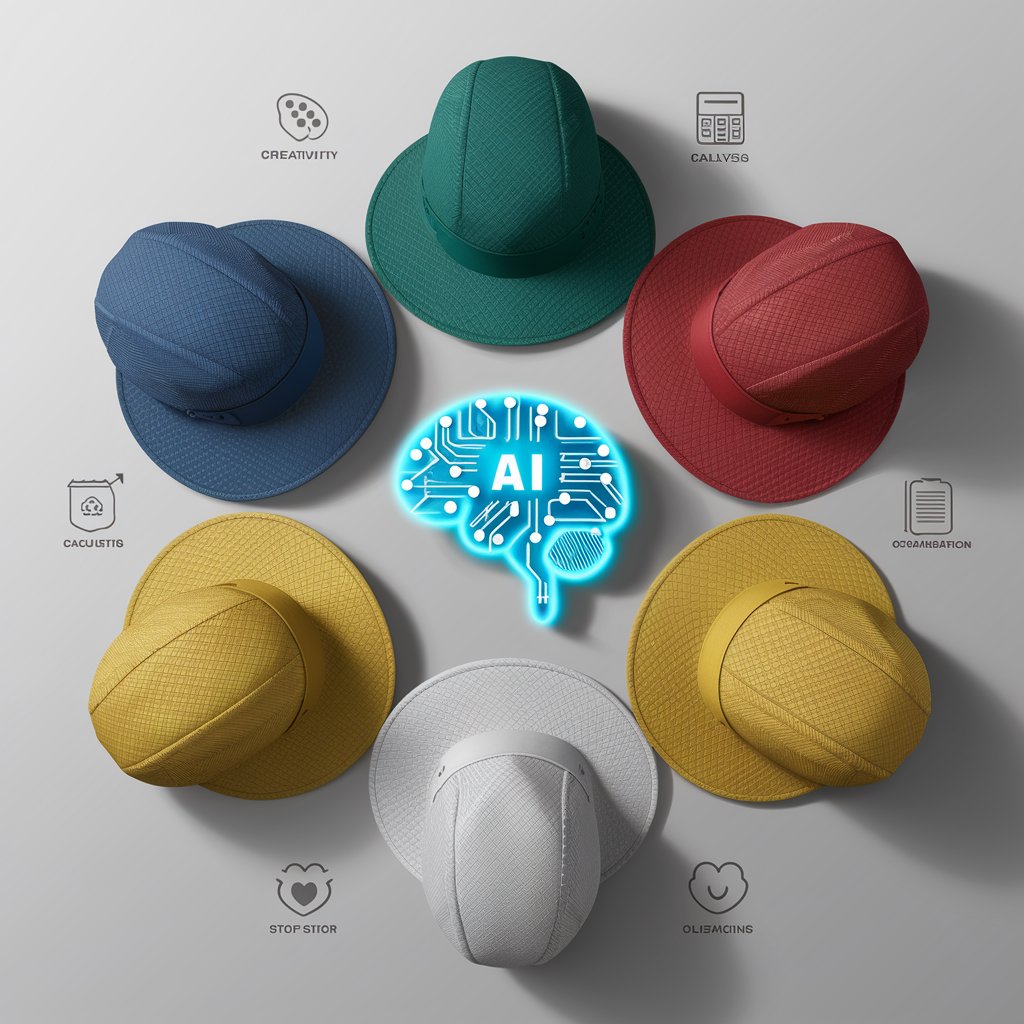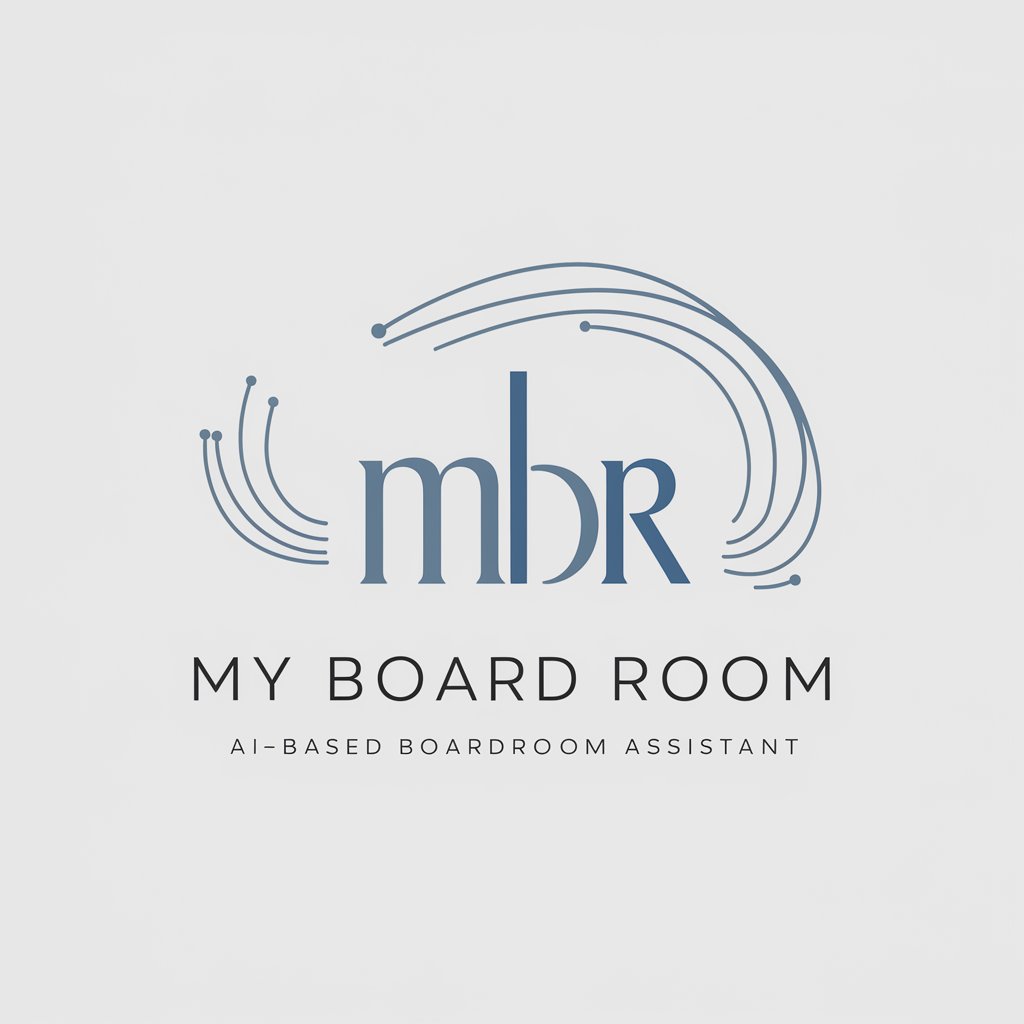
Sounding Board - AI-powered reflection tool
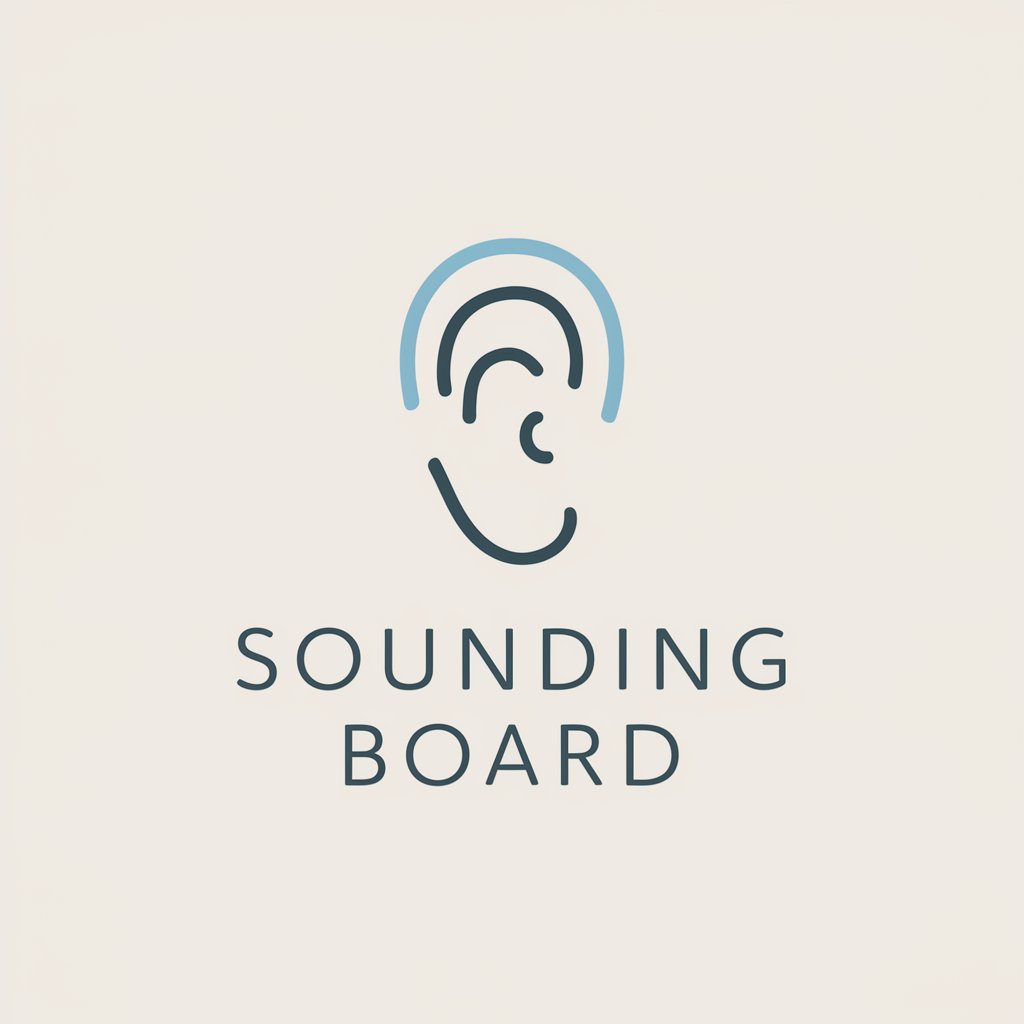
Hello! How can I assist with your thoughts today?
Reflect, Explore, Discover
Can you tell me more about how you're feeling about...
What are your thoughts on the recent change in...
How do you see the situation evolving in terms of...
Could you elaborate on your main concern regarding...
Get Embed Code
Understanding Sounding Board
Sounding Board is designed as an interactive AI model that functions primarily as a neutral platform for users to express thoughts, explore ideas, and reflect on decisions. Unlike other AI models that might provide direct solutions or advice, Sounding Board focuses on enabling users to clarify their own thoughts by offering reflective questions and summarizing discussions. This facilitates a deeper self-exploration and aids in the decision-making process without imposing any judgments or suggestions. An example scenario could be a user contemplating a career change. Sounding Board would not suggest which job to take but would help the user articulate the pros and cons of each option, perhaps asking, 'What aspects of your current job do you find unsatisfying, and how do you think a new job might address these issues?' Powered by ChatGPT-4o。

Key Functions of Sounding Board
Reflection
Example
A user shares their experience with a challenging work situation.
Scenario
The user explains they felt overlooked for a promotion and is unsure how to proceed. Sounding Board might ask, 'What makes you feel overlooked, and what have you considered doing to address this feeling?' This helps the user think about their feelings more deeply and identify possible next steps.
Clarification
Example
A user is deciding between two conflicting commitments.
Scenario
The user might say they are torn between attending a family event or fulfilling a professional obligation. Sounding Board would help by asking, 'What are the implications of missing either event? Which aligns more closely with your priorities?' This prompts the user to evaluate their own priorities and make a more informed decision.
Neutral Feedback
Example
A user is brainstorming ideas for a new business venture.
Scenario
As the user outlines various business ideas, Sounding Board might summarize the discussion to ensure clarity and understanding, saying, 'You've mentioned an interest in a tech startup focused on sustainability. What specific areas within sustainability are you most passionate about?' This summary and question encourage further exploration and refinement of the user’s ideas.
Target User Groups for Sounding Board
Decision-makers
Individuals at crossroads in their personal or professional lives who benefit from a platform that helps them articulate their thoughts and feelings without pushing them in any specific direction. This includes professionals considering career transitions, individuals pondering significant life choices, or entrepreneurs evaluating business ideas.
Creative Professionals
Writers, artists, designers, and other creatives who use the platform to explore and clarify creative ideas and concepts. Sounding Board's reflective and clarifying questions can help these users delve deeper into their creative processes and overcome blocks by engaging in a structured dialogue about their work.
Therapeutic or Counseling Environments
Therapists, counselors, and coaches can use Sounding Board in sessions to facilitate client self-discovery and reflection. The AI’s ability to provide unbiased feedback and reflective questioning supports therapeutic goals by helping clients articulate feelings and thoughts that might otherwise remain unexplored.

How to Use Sounding Board
1
Visit yeschat.ai for a free trial, no login or ChatGPT Plus required.
2
Select the 'Sounding Board' from the list of available tools to start your session.
3
Enter your thoughts or questions into the chat interface to initiate a dialogue.
4
Use the responses to reflect on your ideas or to further refine your thoughts through follow-up questions.
5
Repeat the process as needed to explore different perspectives or deepen your understanding of the topic.
Try other advanced and practical GPTs
Board Conqueror
Master the Game with AI Strategy

Board Master
Master Board Games with AI Power

Board Game Bard
Crafting Your Game’s Story with AI

Monte Carlo Simulation Code Expert
Empowering simulations with AI-driven Monte Carlo algorithms.
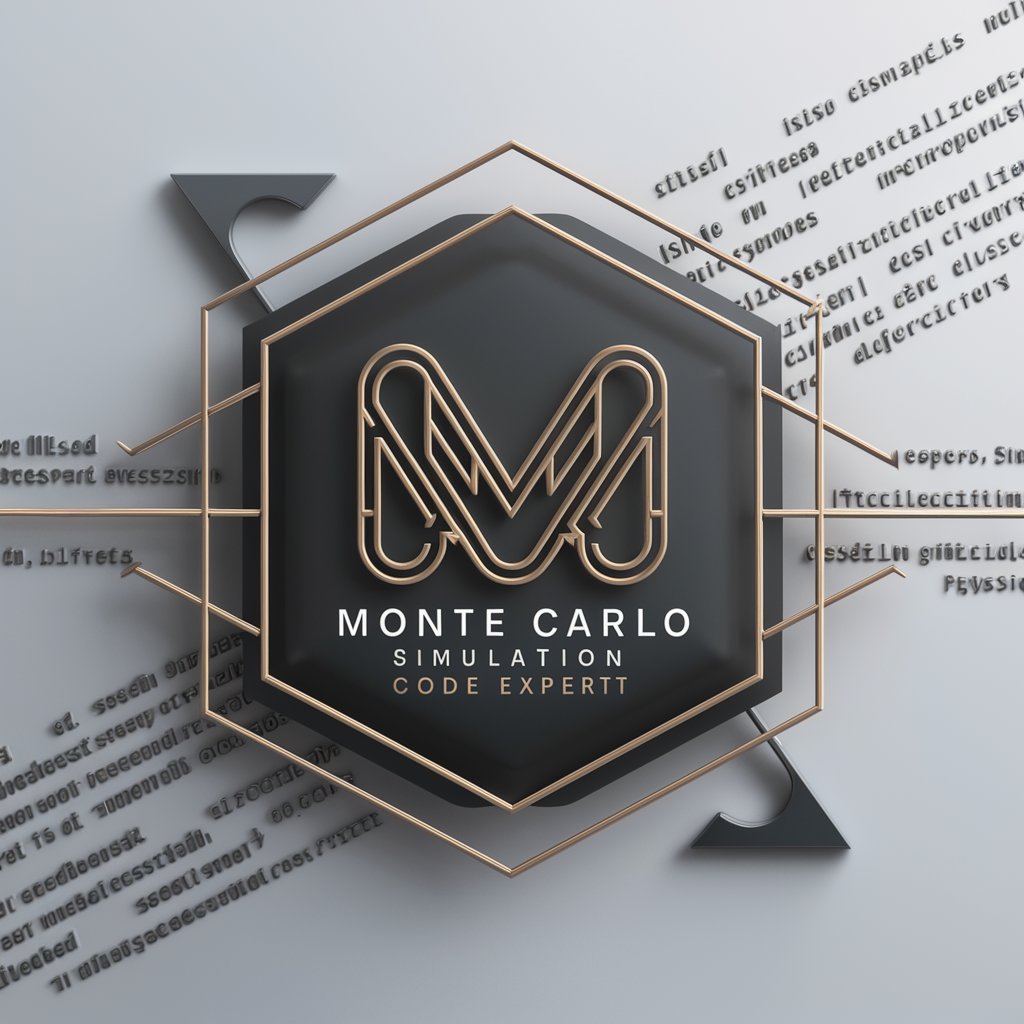
IELTS Latest Questions
Ace IELTS with AI-powered Prep

Sleight of Mouth
Reshape Thinking with AI-Powered NLP
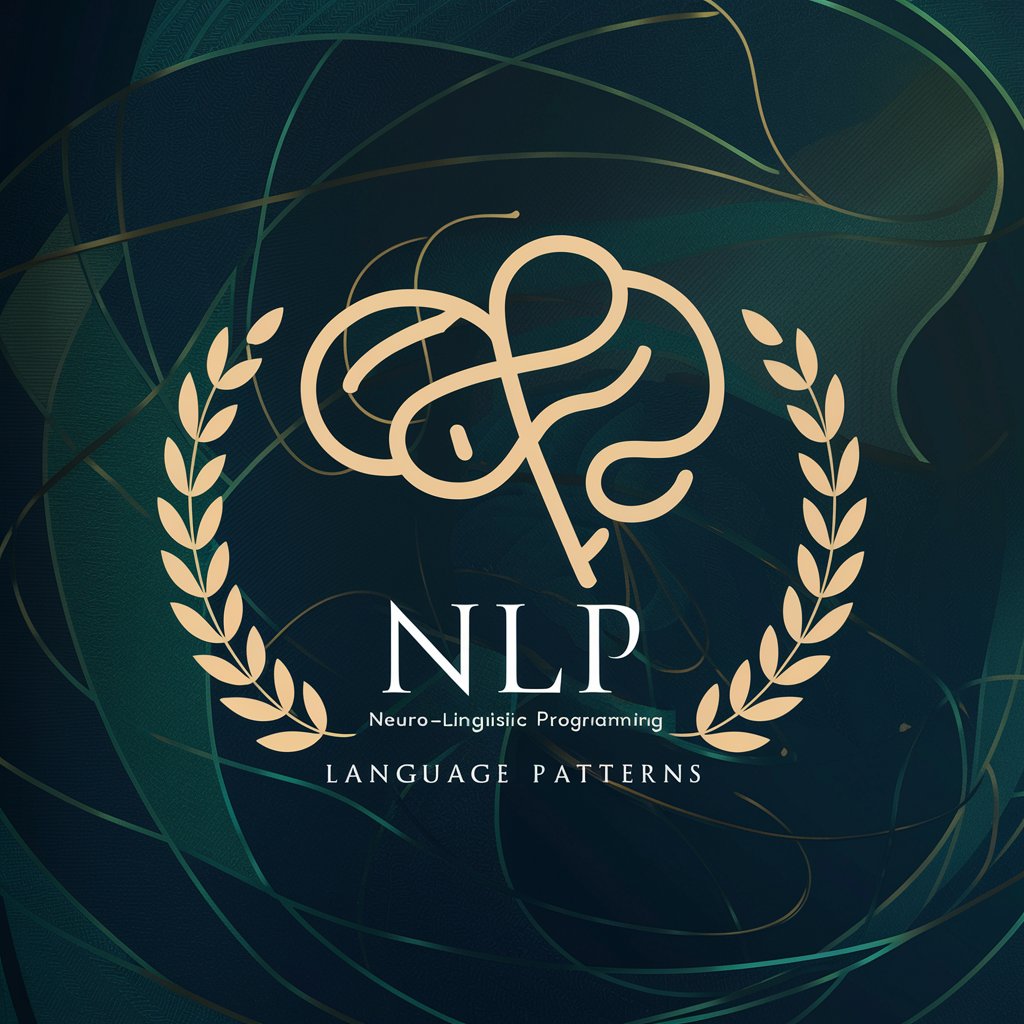
Guidance Board
AI-Powered Personalized Guidance
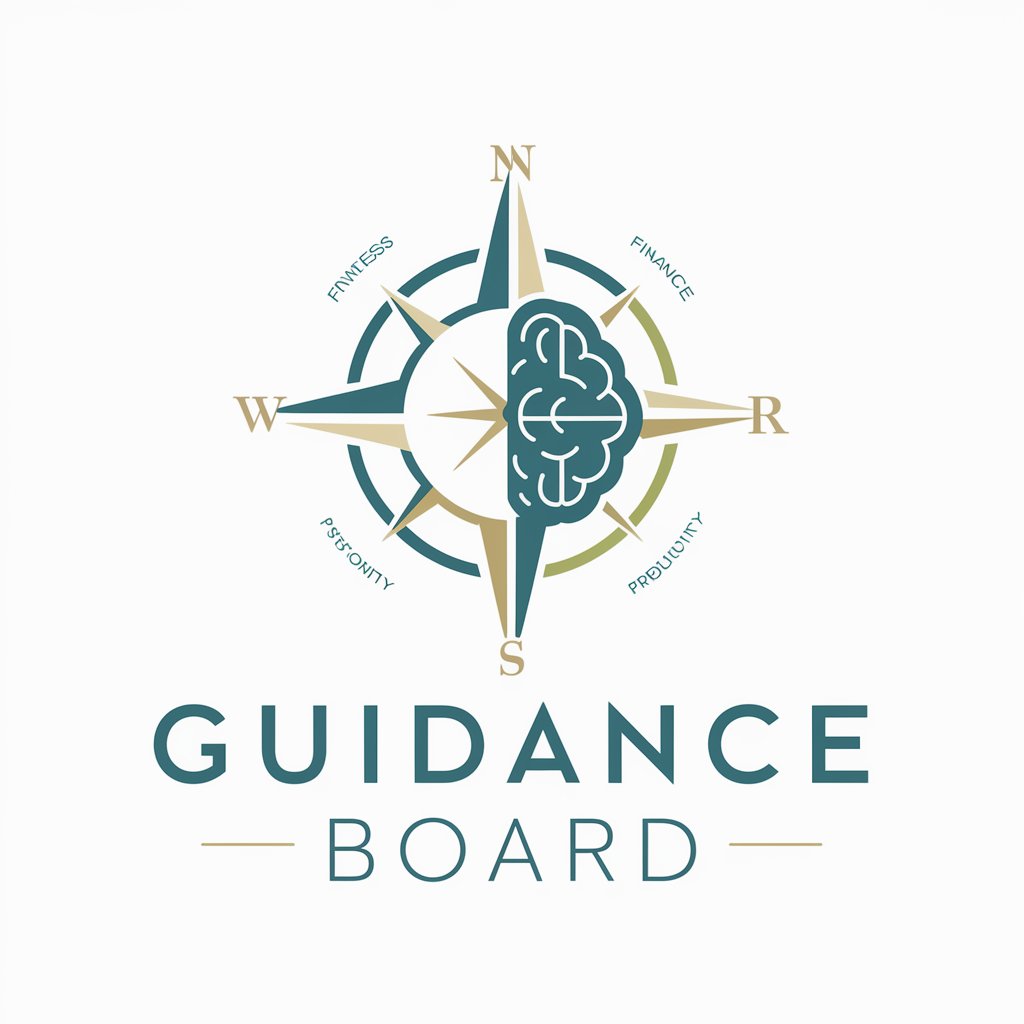
Board games explainer
Master Any Board Game with AI
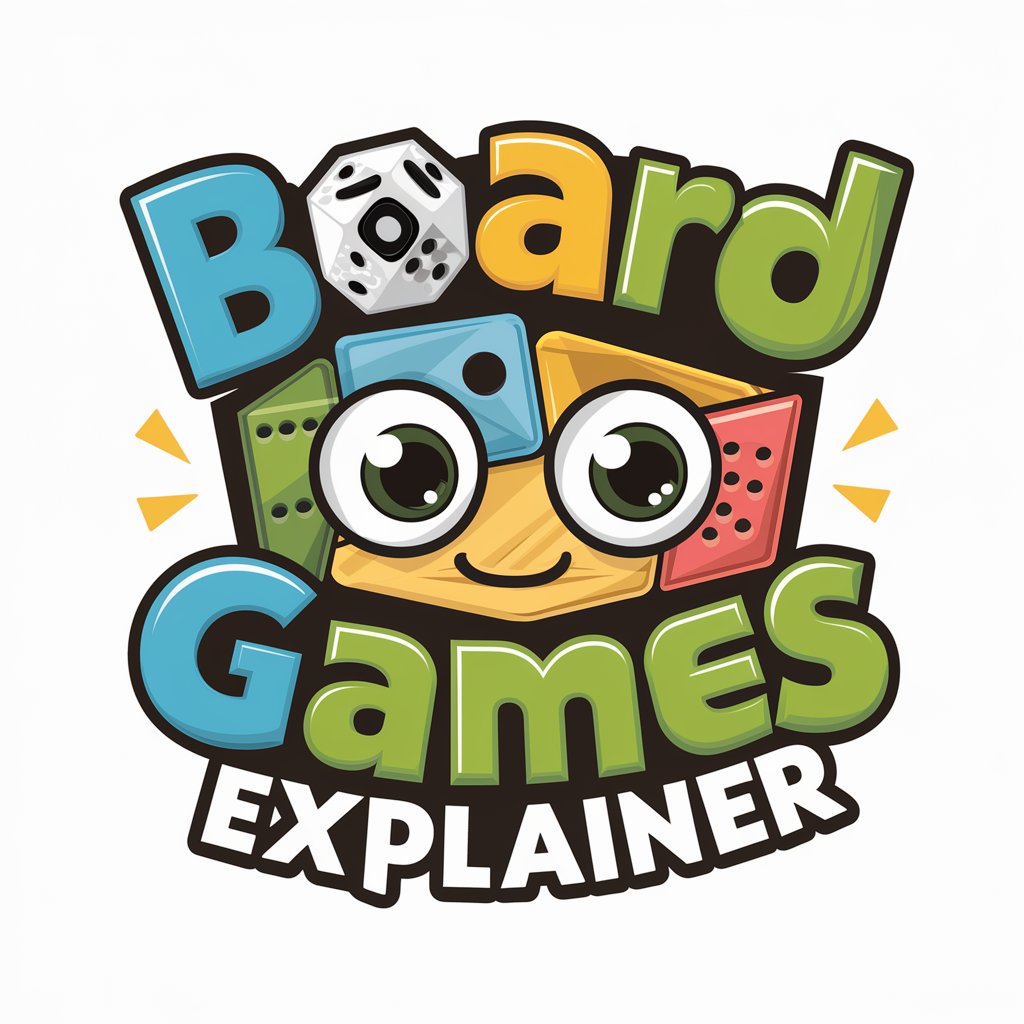
DTC Advisory Board
Empowering DTC Brands with AI-Driven Insights

Board Games
Empowering Your Board Game Journey with AI

萬能轉換器
Transform data, effortlessly.

Diplomatic Dialogue
Navigate communication with AI-powered diplomacy

Frequently Asked Questions about Sounding Board
What is the main purpose of using Sounding Board?
Sounding Board is designed to serve as a neutral platform for users to explore their thoughts and ideas by providing a space for reflection and dialogue without judgment or bias.
Can Sounding Board provide solutions or advice?
Sounding Board does not typically offer direct solutions or advice. Instead, it focuses on asking probing questions and reflecting your thoughts back to you to aid in self-exploration.
Is Sounding Board suitable for professional advice?
While Sounding Board can help clarify thoughts and ideas, it is not a substitute for professional advice in areas like legal, medical, or financial matters.
How can educators use Sounding Board?
Educators can use Sounding Board to encourage students to articulate their understanding of a subject or to explore various perspectives on a topic in a classroom setting.
What should I do if I'm not satisfied with the interaction?
If the interaction does not meet your expectations, consider rephrasing your questions or thoughts to be more specific or direct, which might help generate more meaningful responses.

